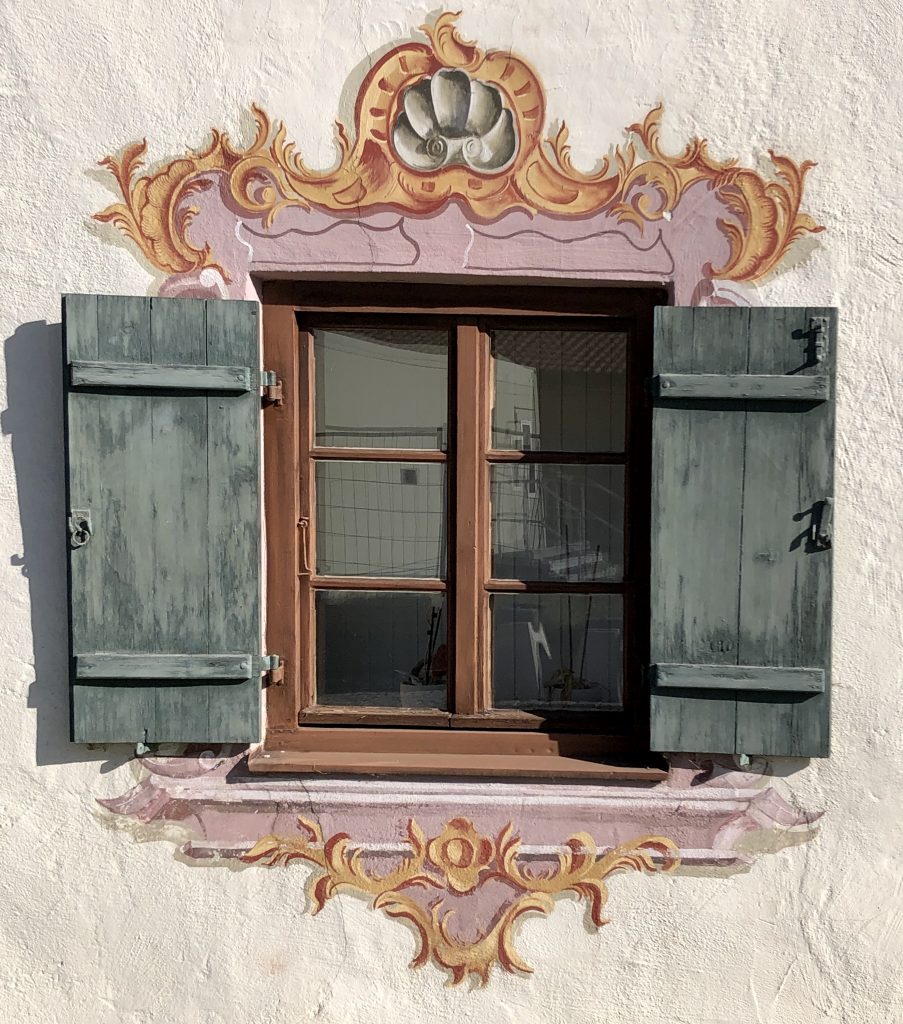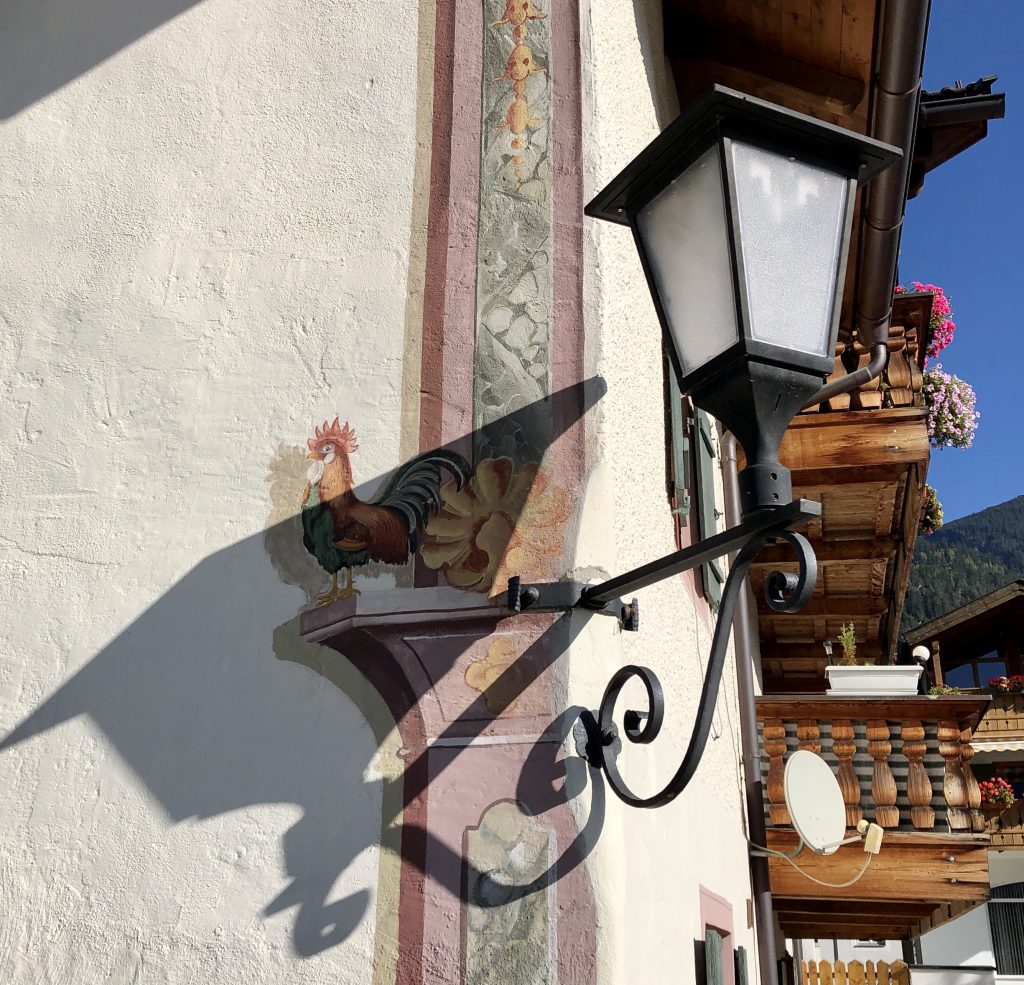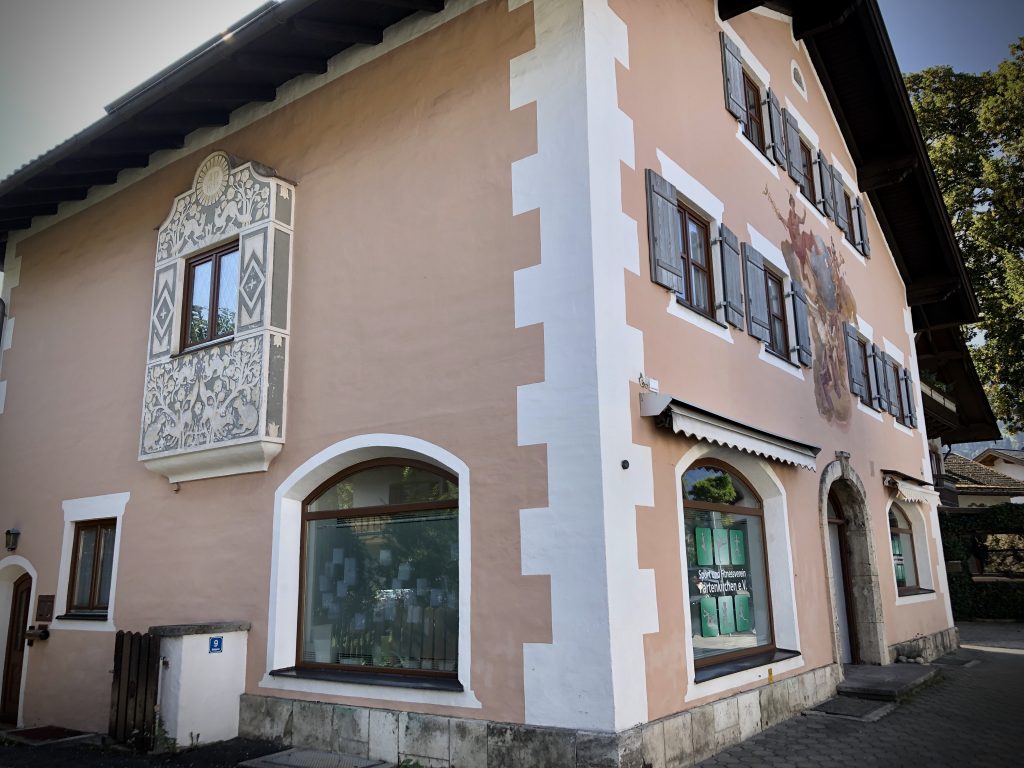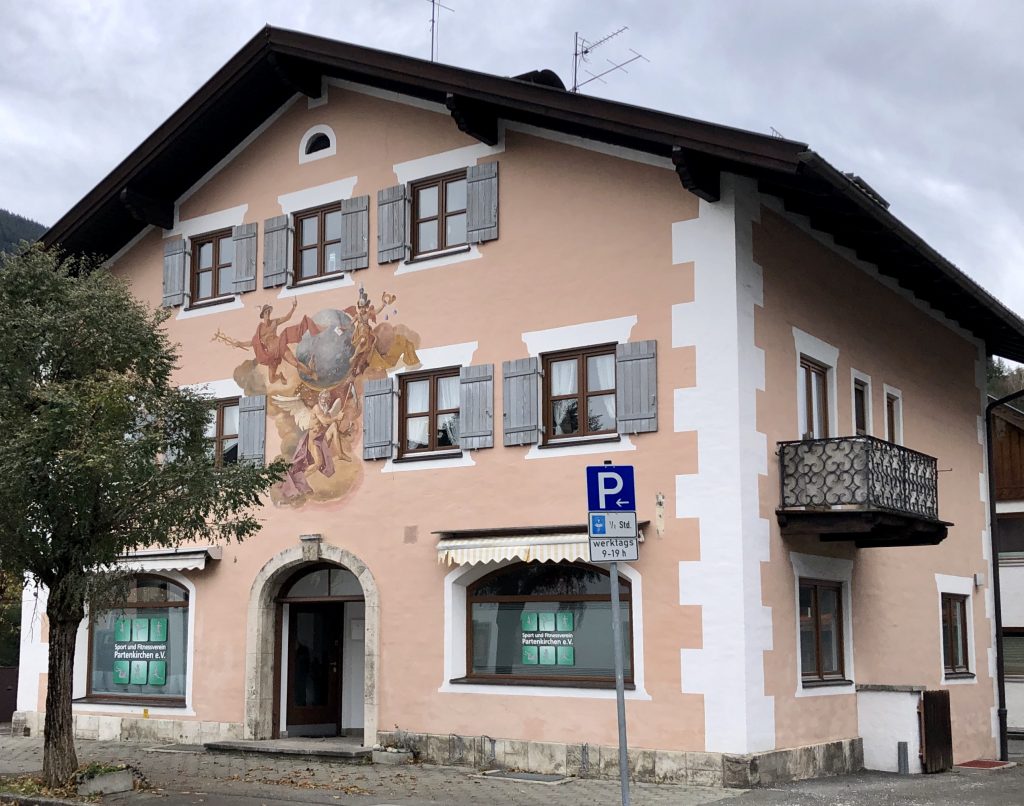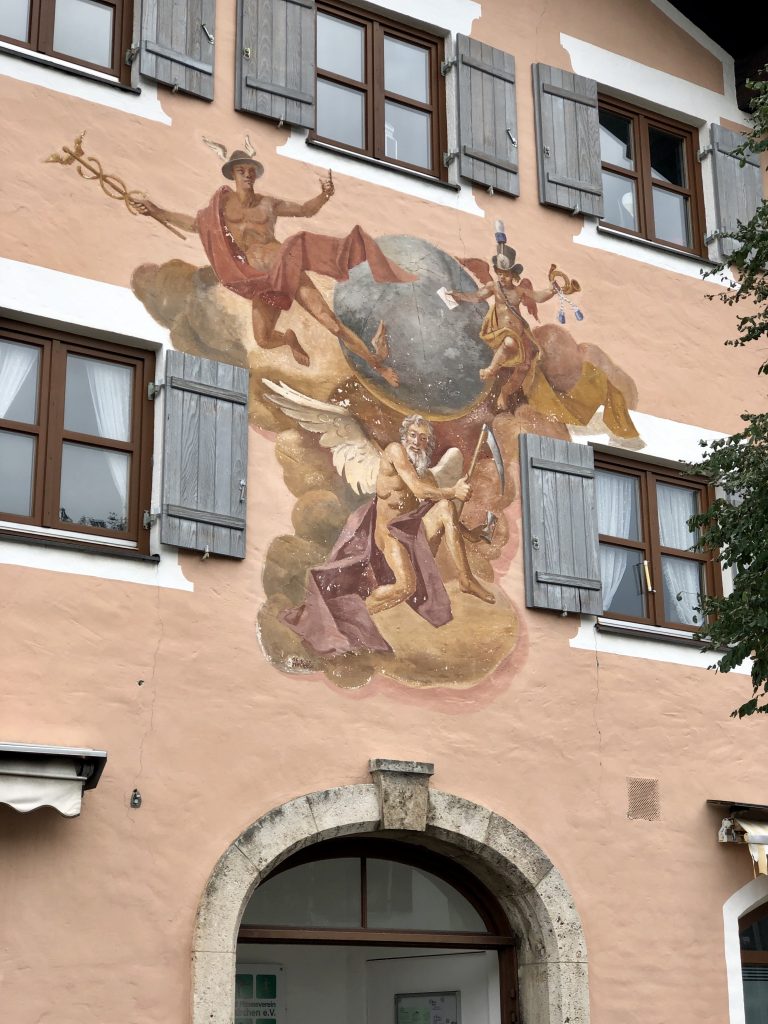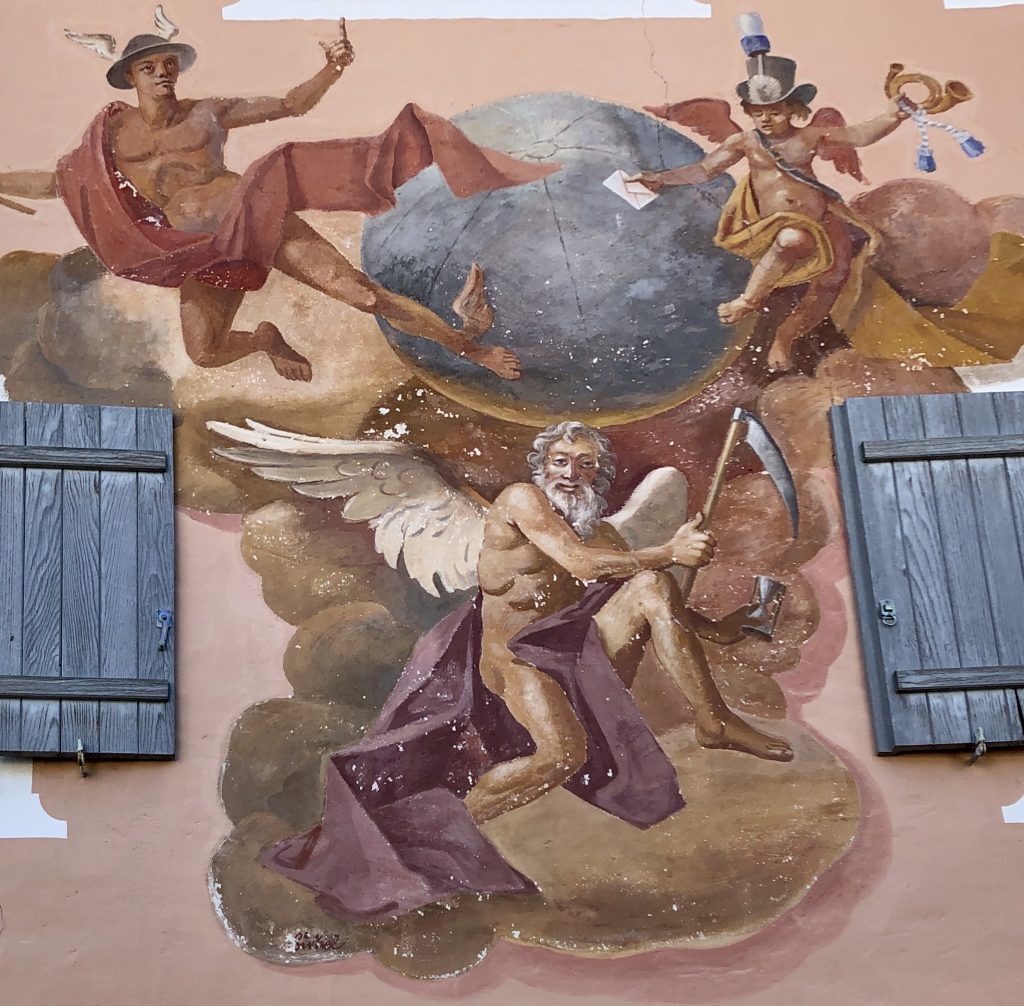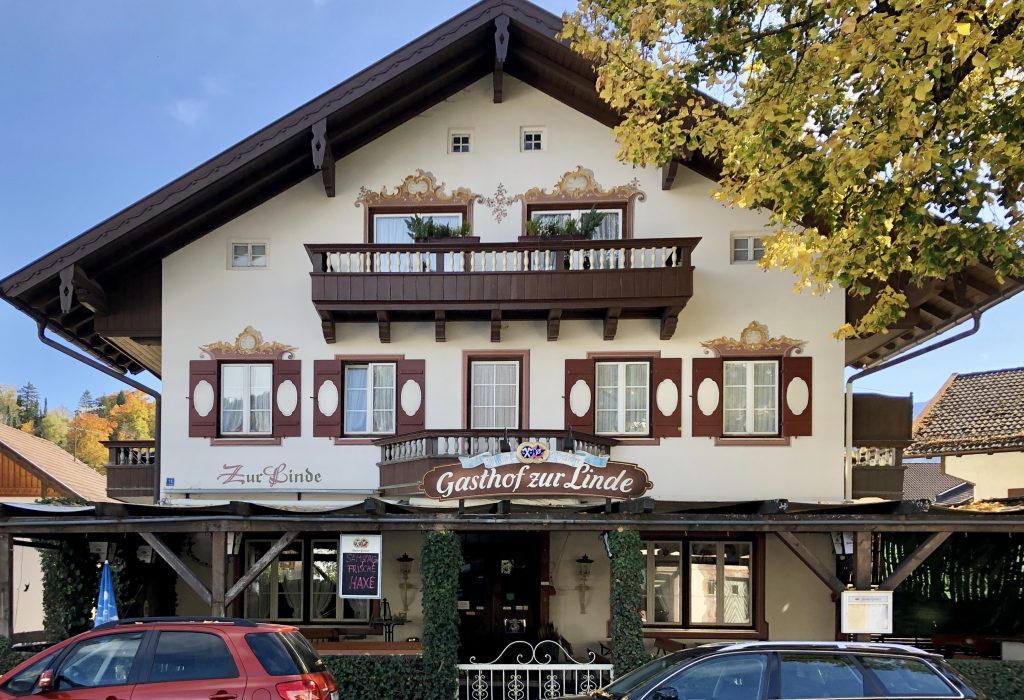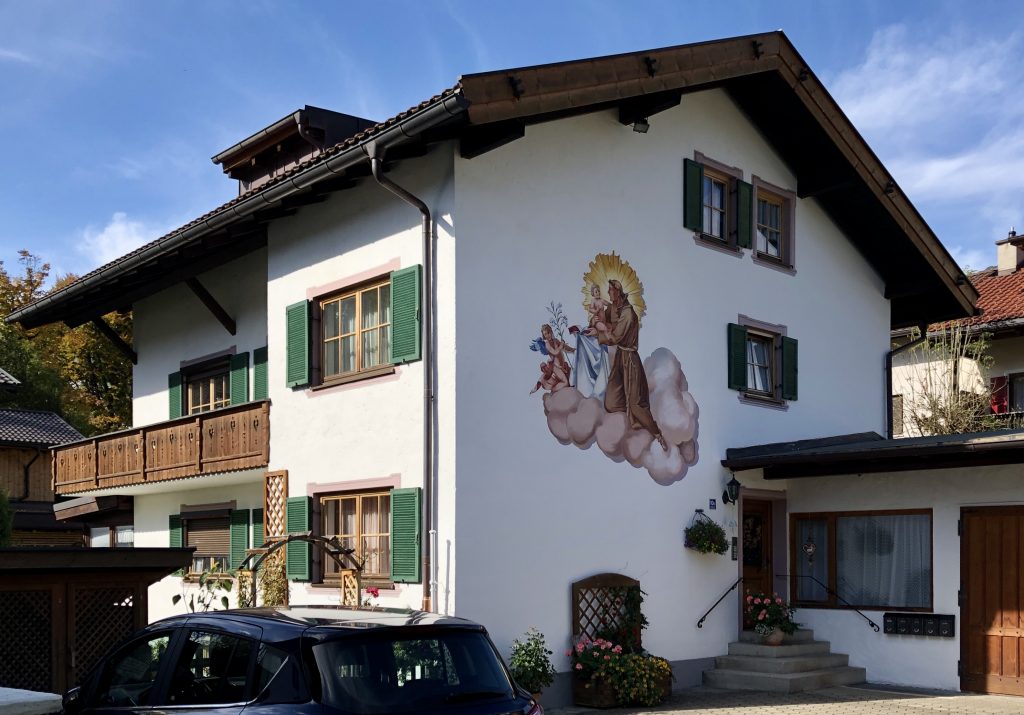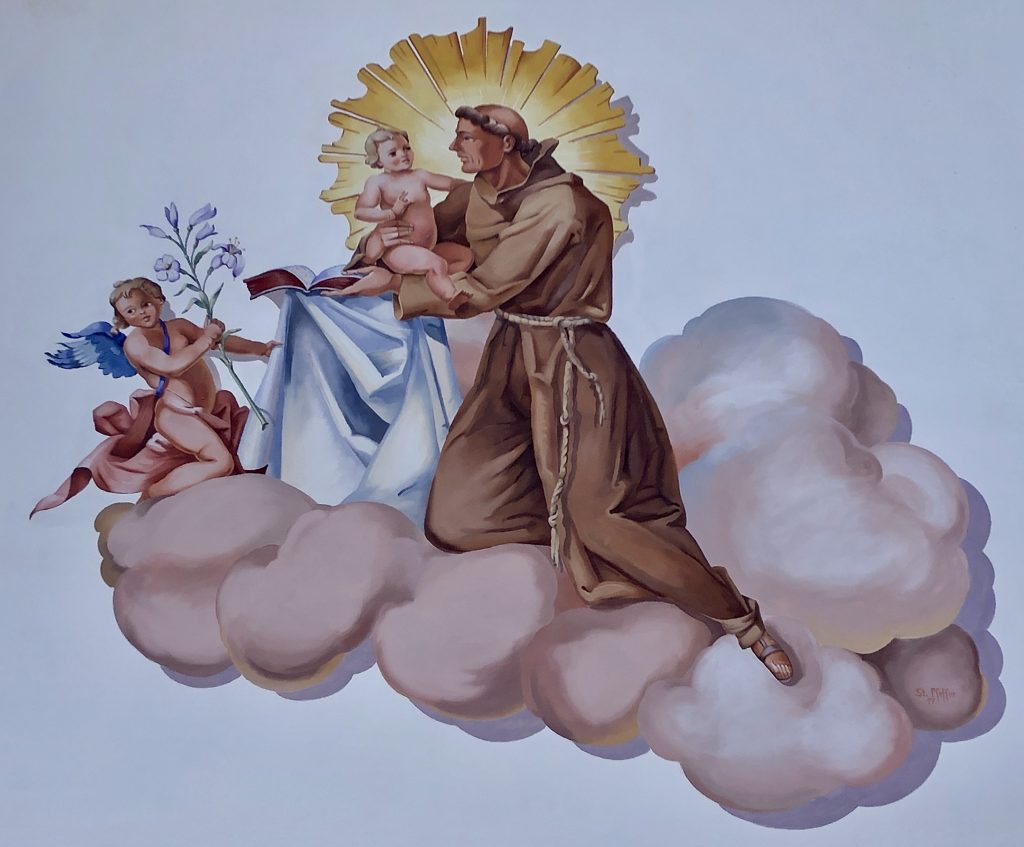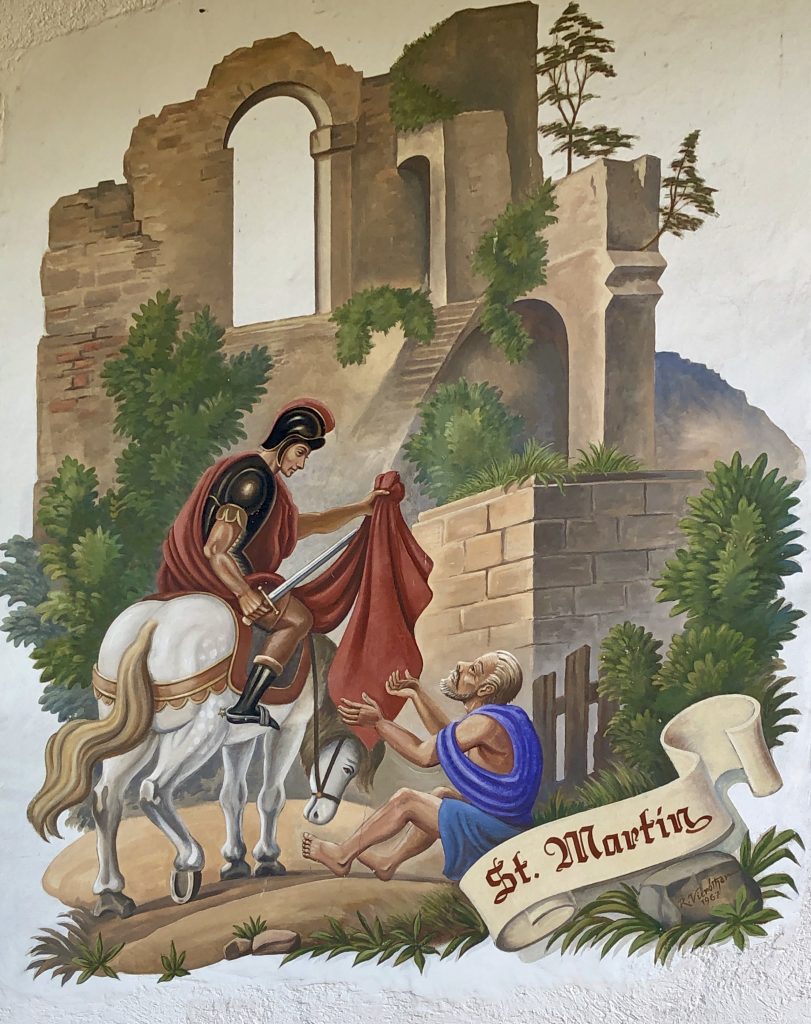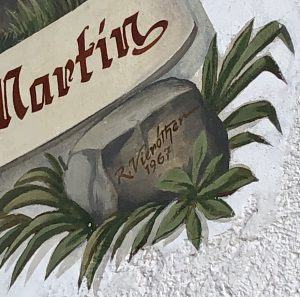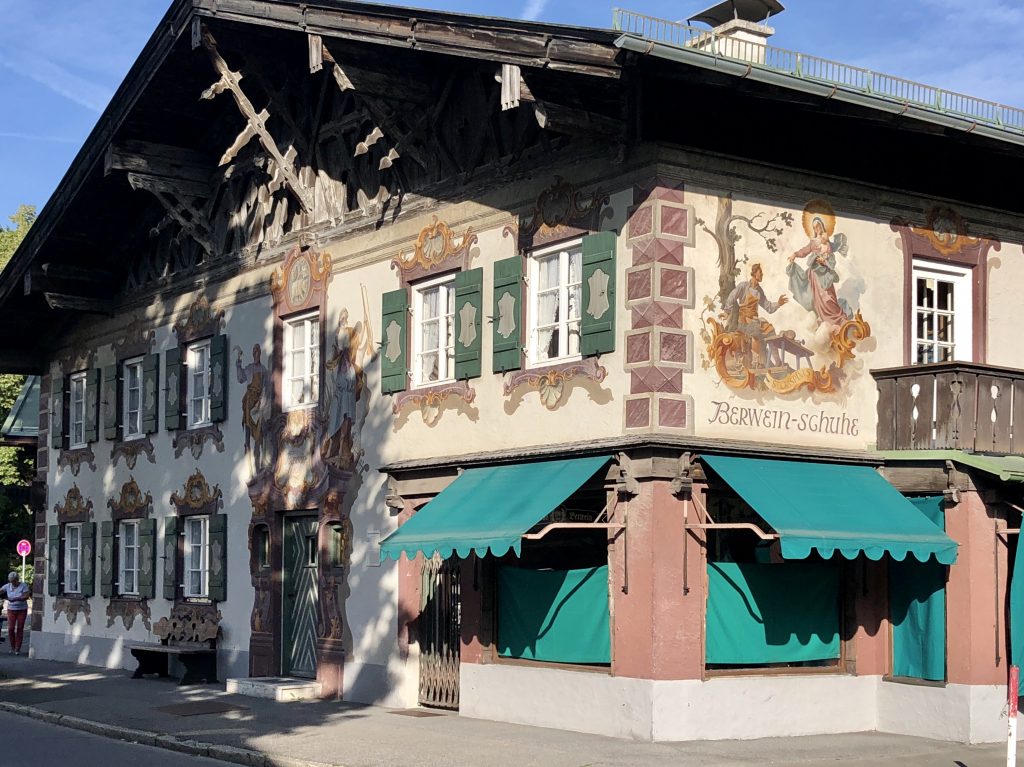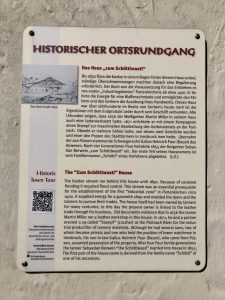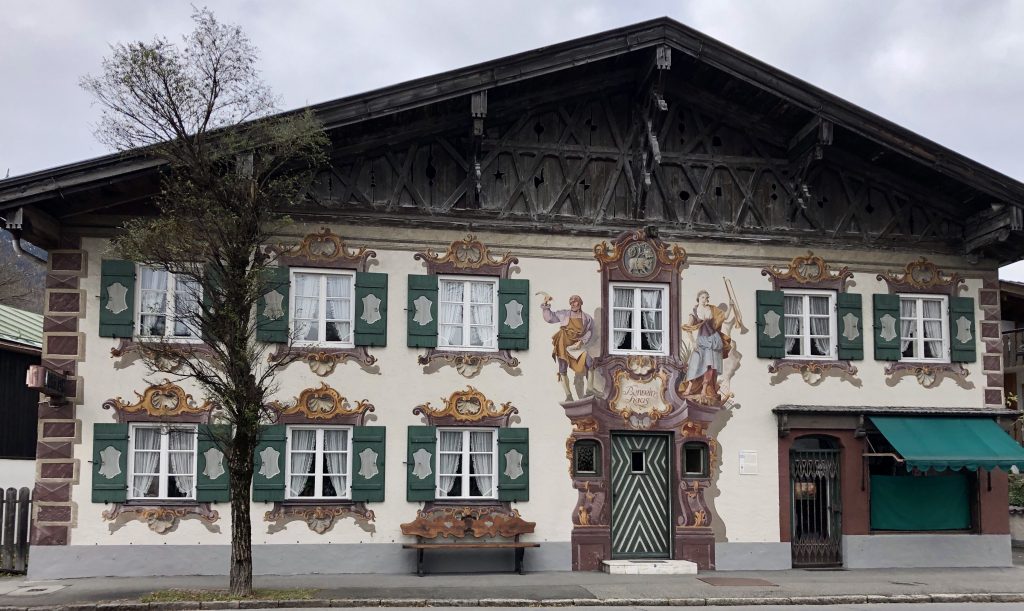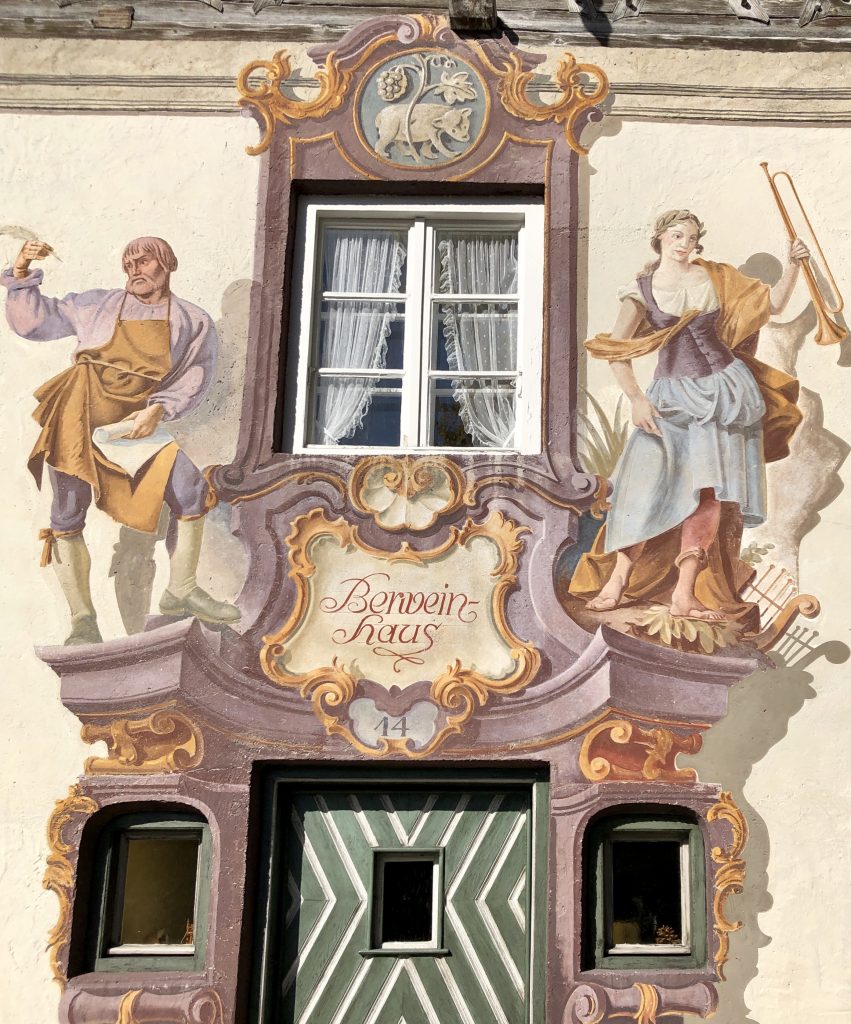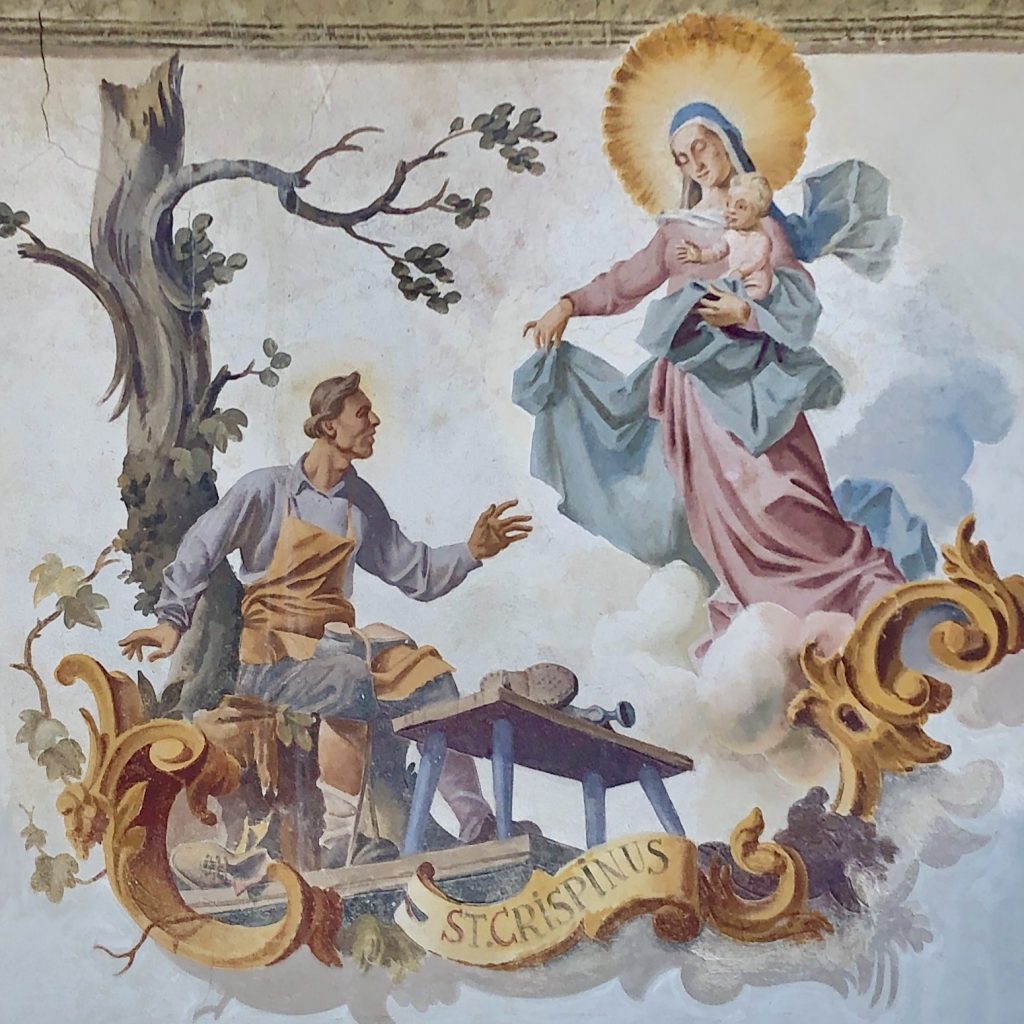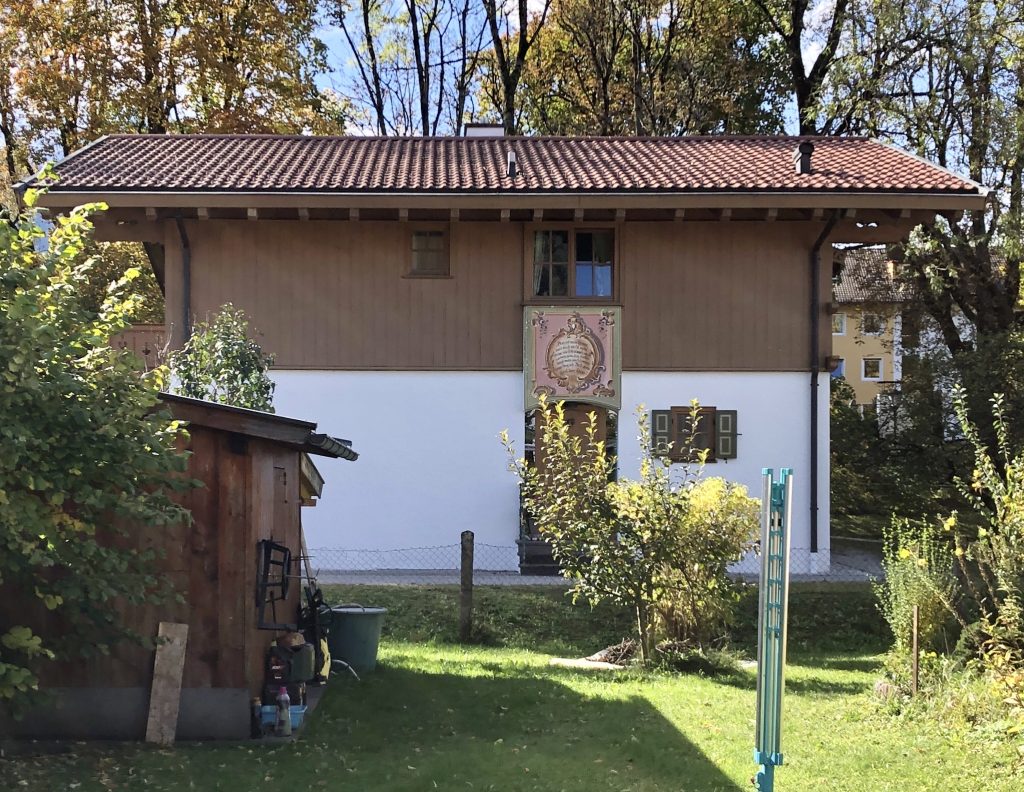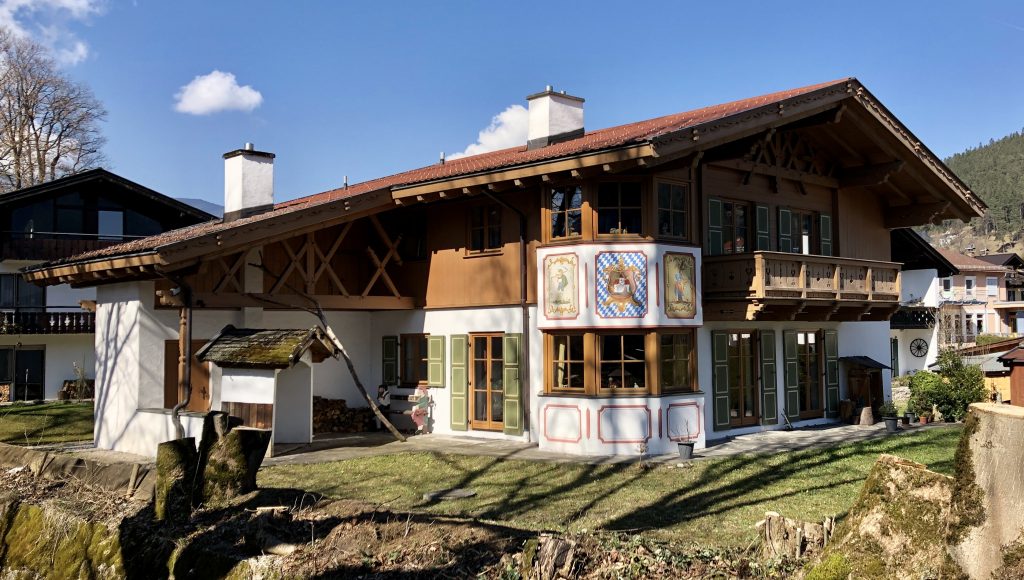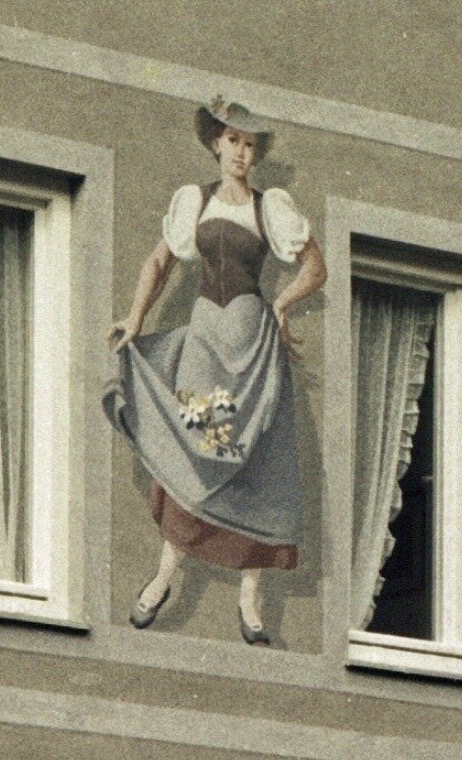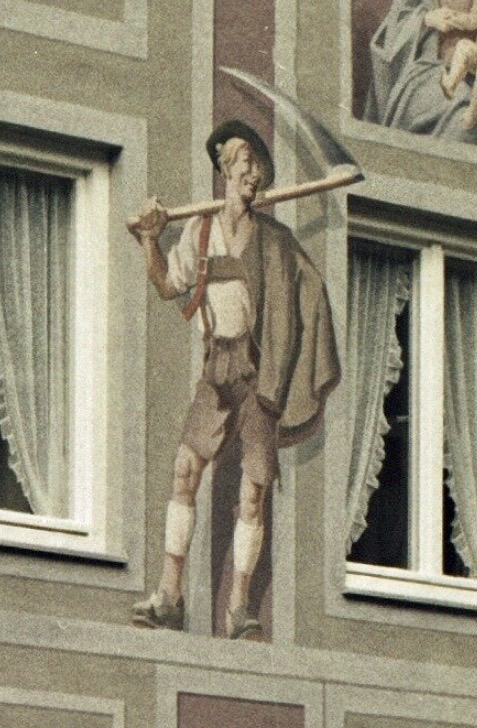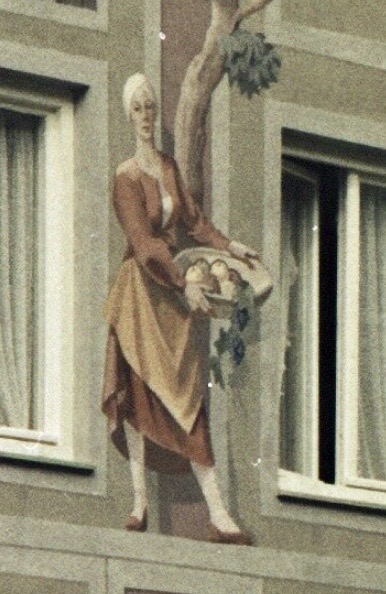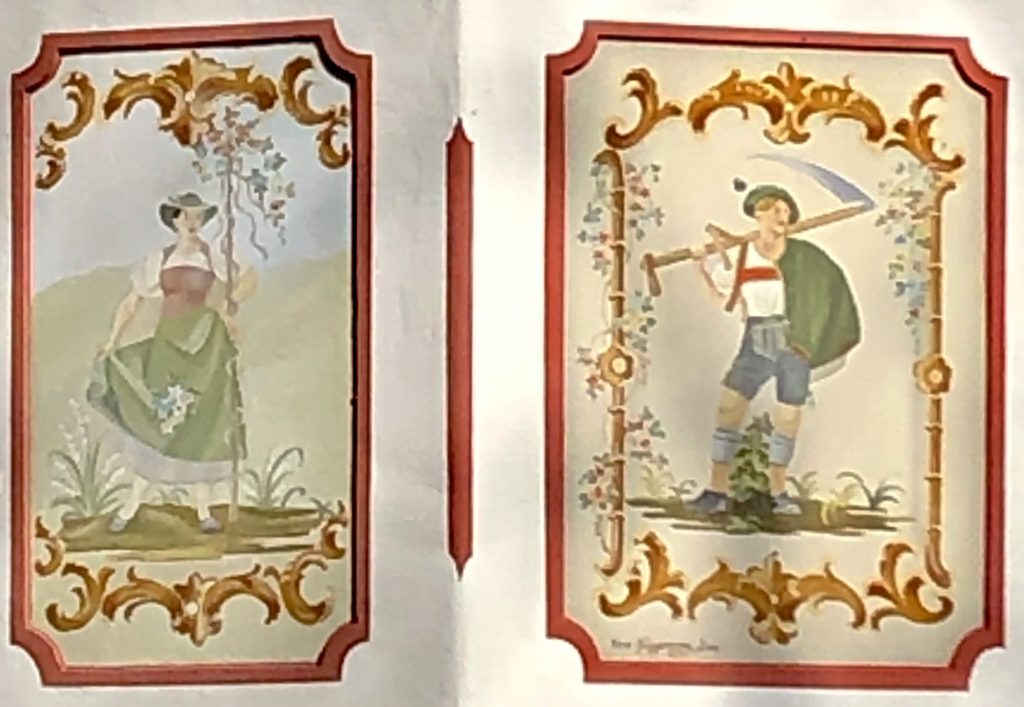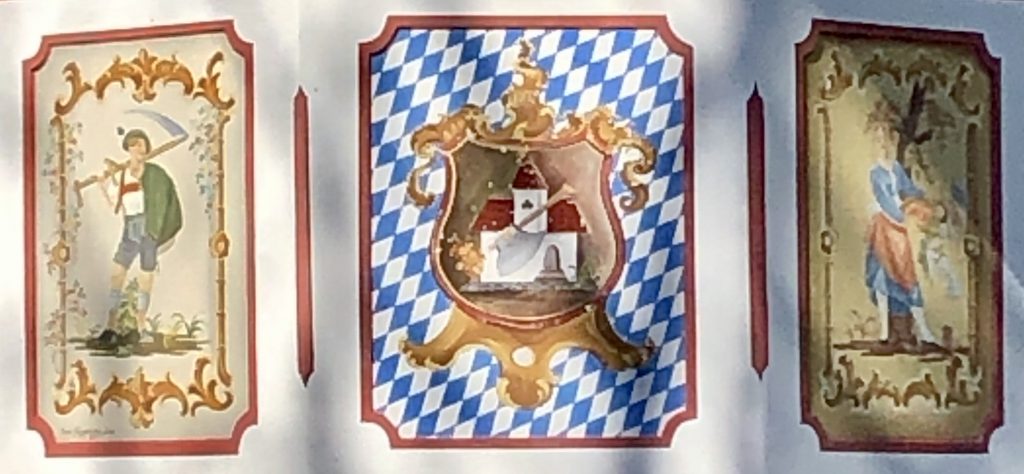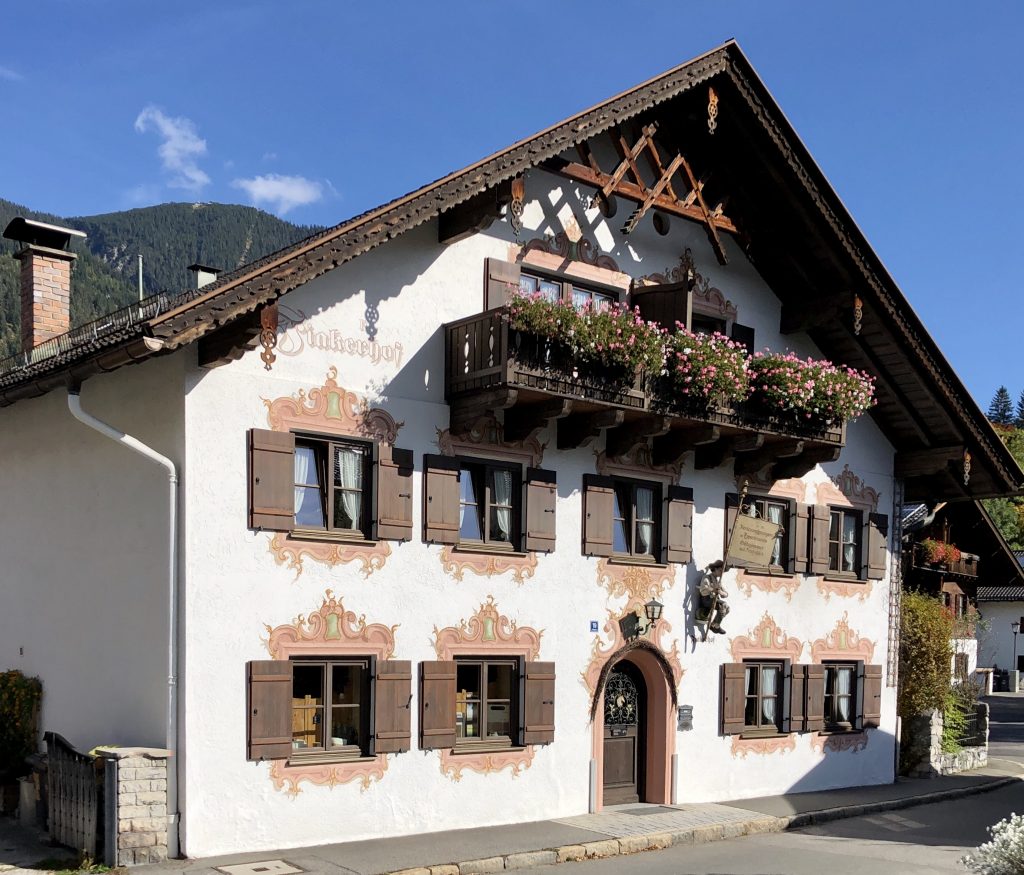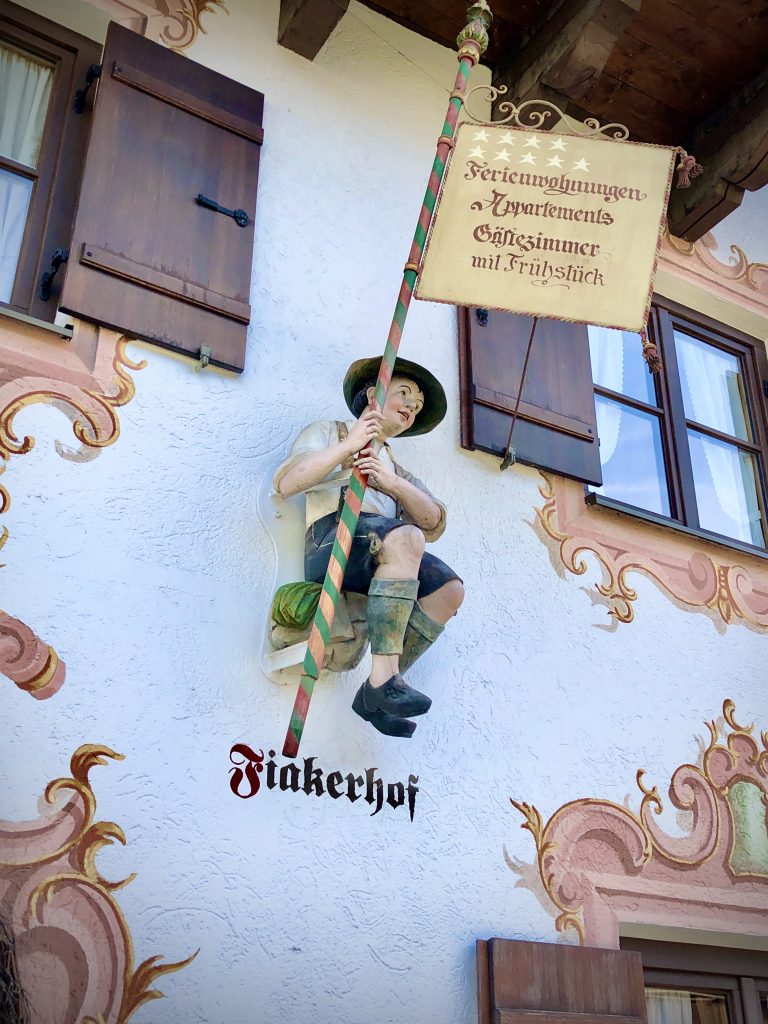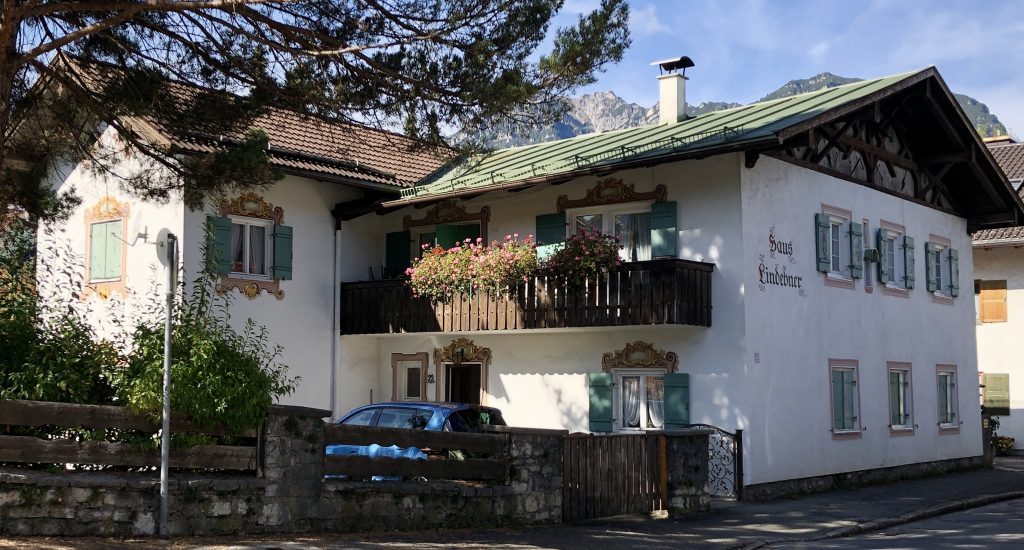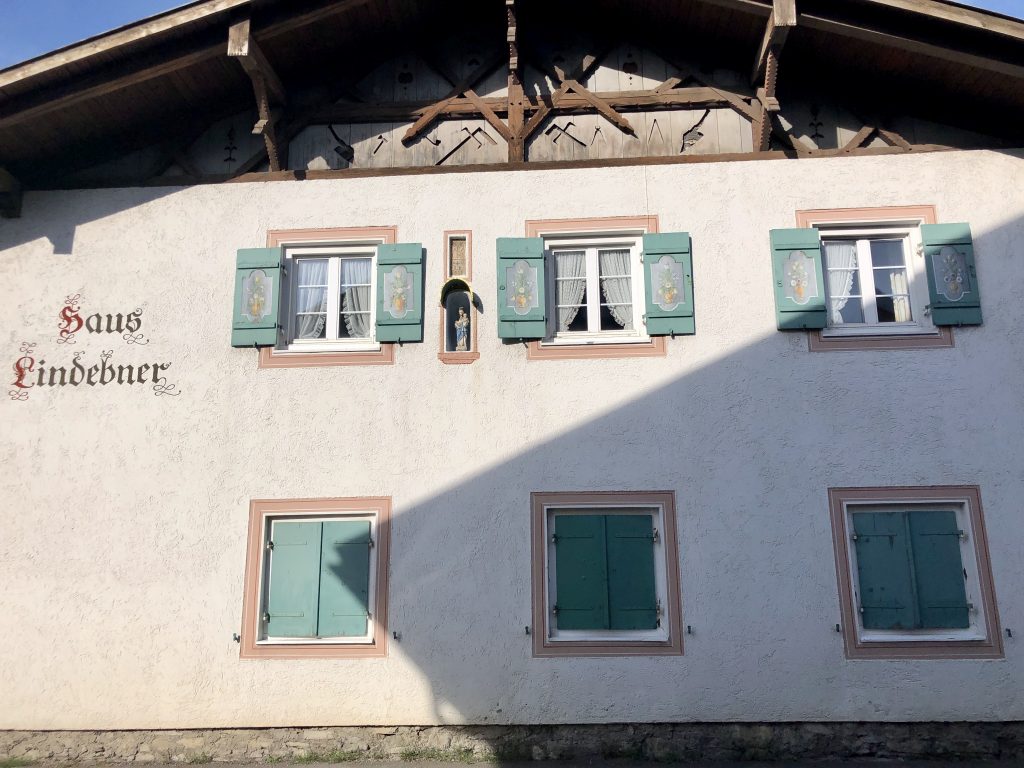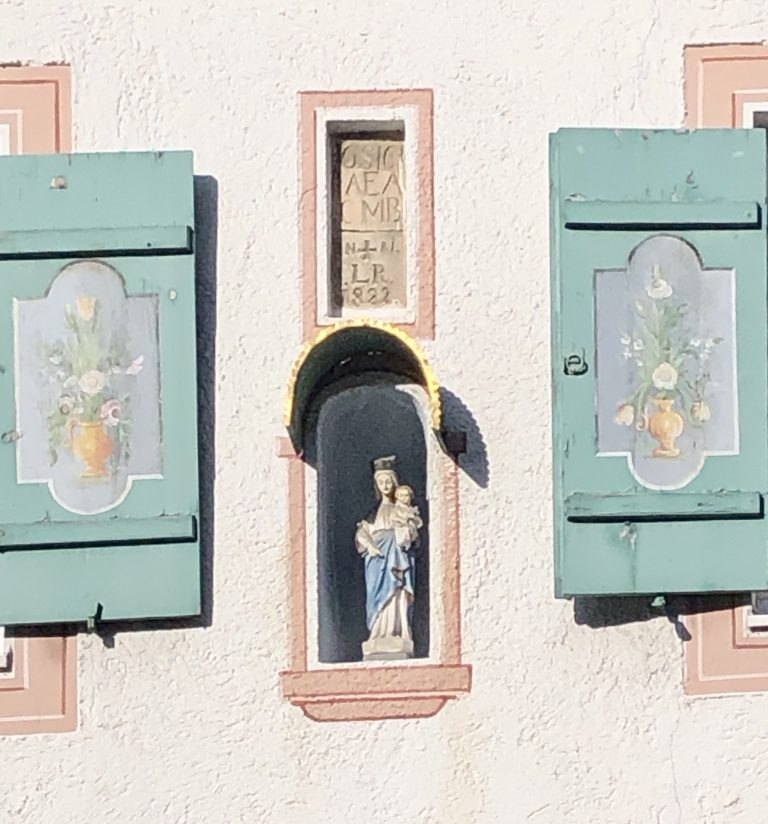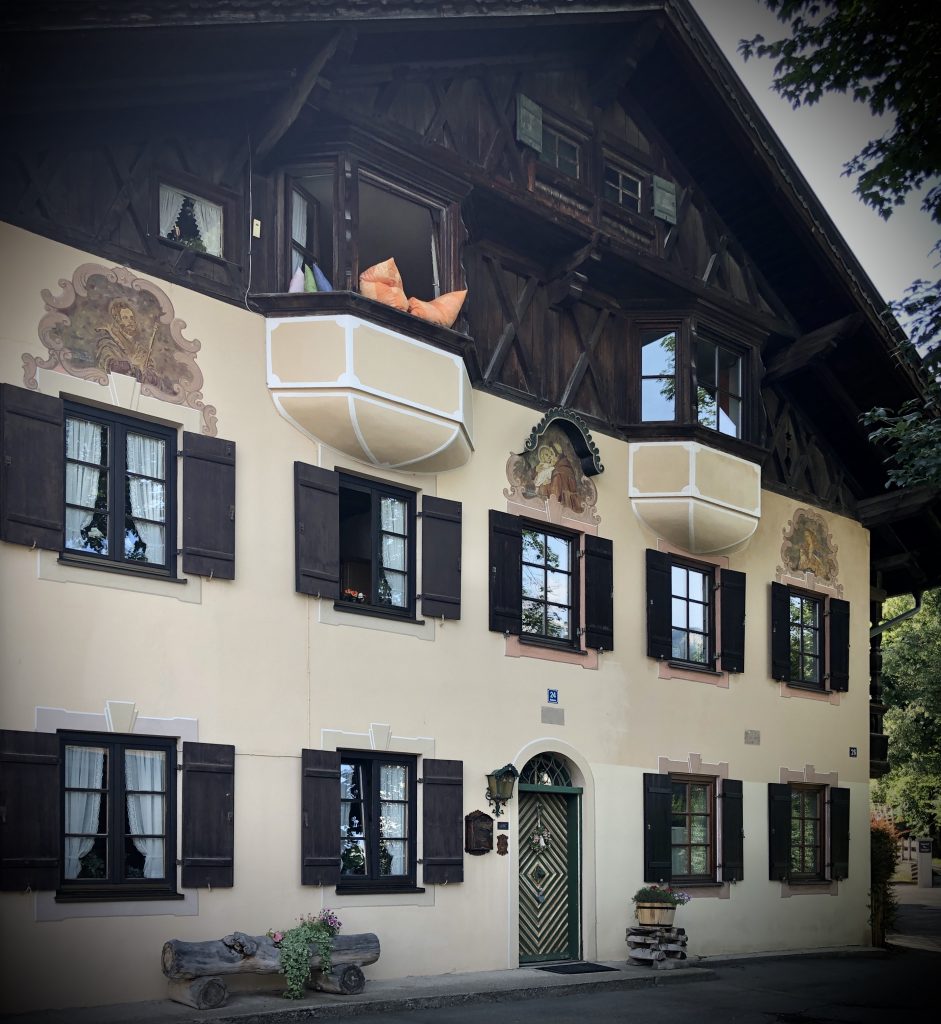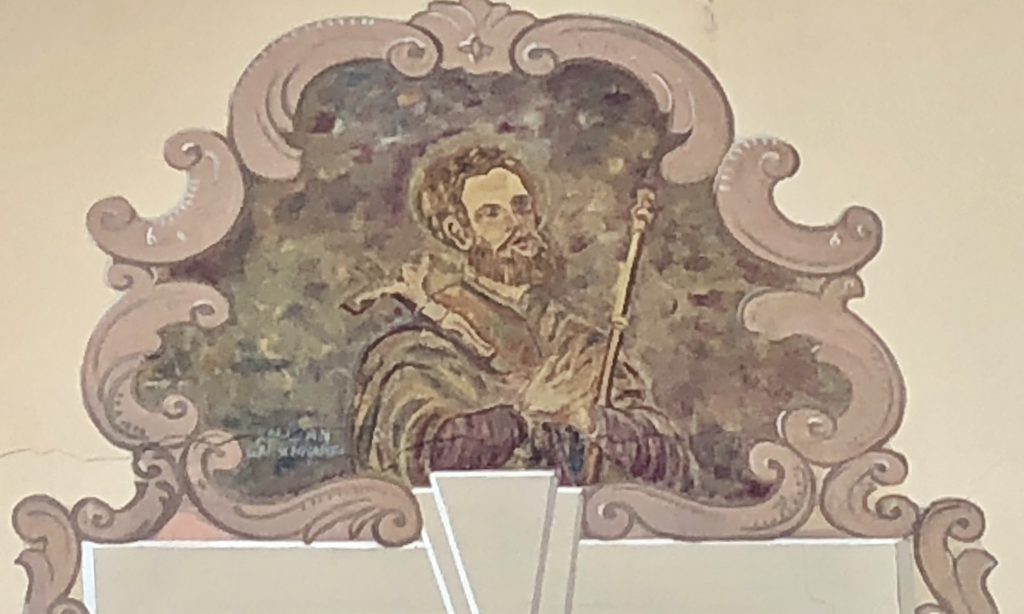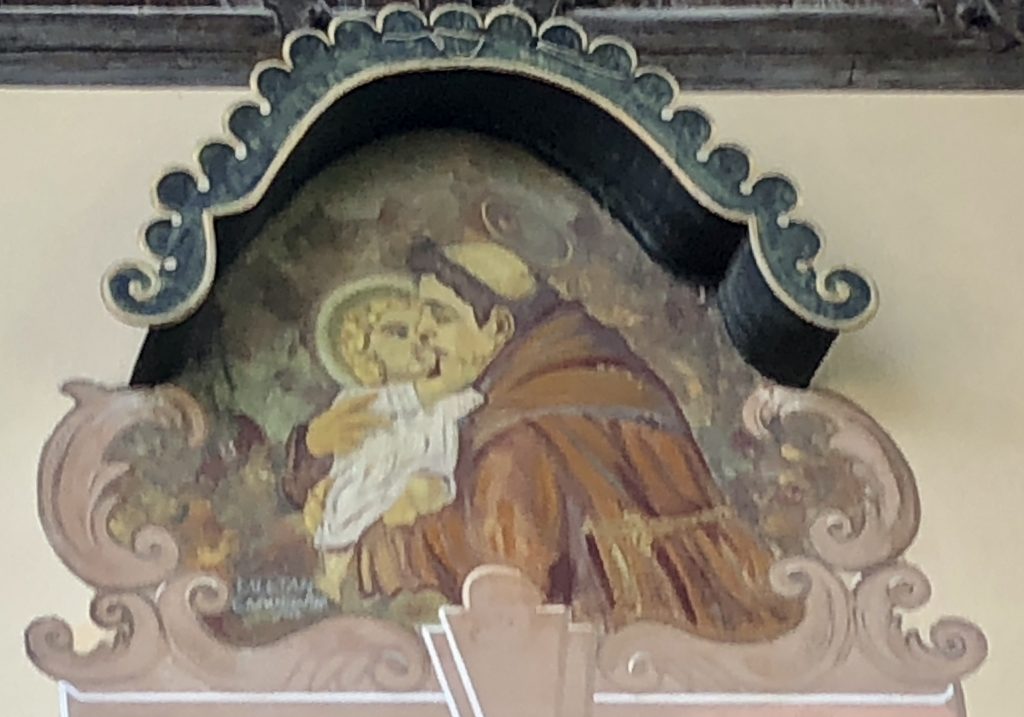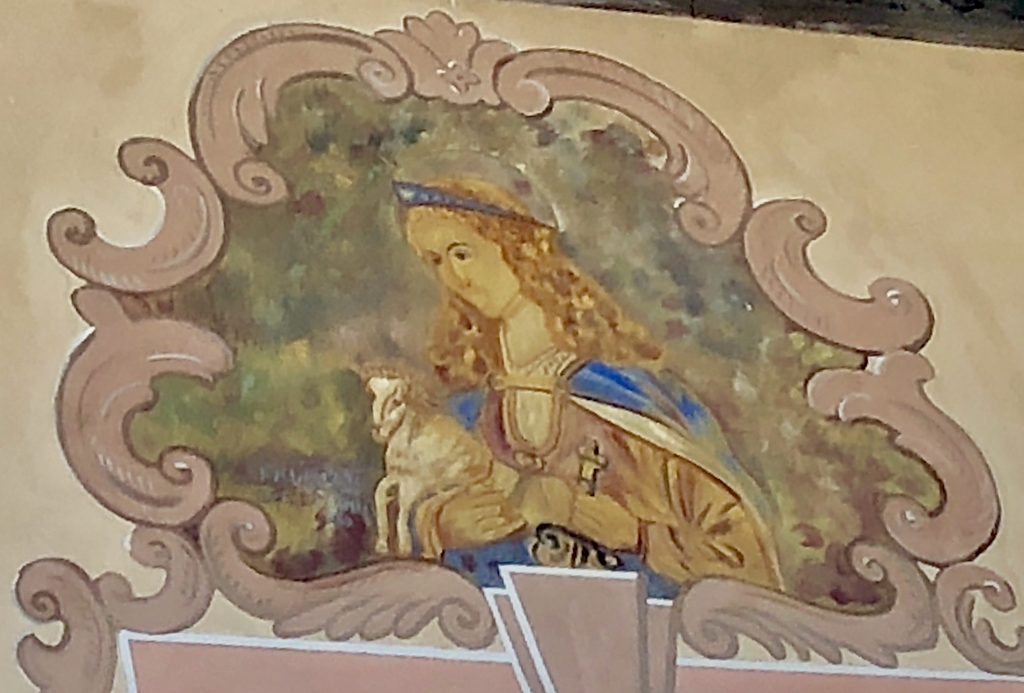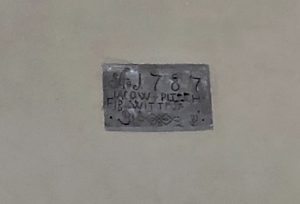- Bierl, Hermann. "Garmisch-Partenkirchen und seine Lüftlmalereien." Mohr, Löwe, Raute. Beiträge zur Geschichte des Landkreises Garmisch-Partenkirchen, Band 18, Verein für Geschichte, Kunst- und Kulturgeschichte im Landkreis Garmisch-Partenkirchen, 2020, p. 34: "080 Badgasse 13 St. Martin R. Vieröther 1967".
- Kaiser, Wolfgang. "Olympia-Helden von 1936 mit Skischuhen ausgerüstet". Merkur.de, 2009-05-02: "Gegründet wurde das Geschäft von Peter Paul Berwein, der von Beruf Gerber war und den Hausnamen Schöttl trug. Dieser lernte das Schusterhandwerk, und da sein Sohn Sebastian hieß, lautete der Hausname an der Badgasse (früher Partenkirchen Hausnummer 108) fortan "Schöttl-Wastl". Der Vater des jetzigen Inhabers war Bernhard Berwein (1903 bis 1996) - die vierte Schuster-Generation. Er gilt als Erfinder und Patentinhaber des doppelgeschnürten Skischuhs, den die Firma Rieker industriell fertigte. Zu Zeiten der Winterspiele 1936 benützten alle Sportgrößen von Birger Ruud bis Gustl Lantschner Berwein-Skischuhe.
- Bierl, Hermann. "Garmisch-Partenkirchen und seine Lüftlmalereien." Mohr, Löwe, Raute. Beiträge zur Geschichte des Landkreises Garmisch-Partenkirchen, Band 18, Verein für Geschichte, Kunst- und Kulturgeschichte im Landkreis Garmisch-Partenkirchen, 2020, p. 36: "087 Badgasse 14 Zum Schöttl Wastl Schumachermeister und Musiker Bickel Hans Sachs Allegorie der Musik Der Senior erfand den doppelt geschnürten Schistiefel".
- Härtl, Rudolf. Heinrich Bickel - Der Freskenmaler von Werdenfels. Adam Verlag, 1990, p. 122: "A 120 Badgasse 14, Haus Berwein: St. Crispinus mit Madonna; Türumrahmung, Allegorische Figuren; nach 1945. (Abb. Seite 86)".
- "A 120 Badgasse 14, Haus Berwein: St. Crispinus mit Madonna; Türumrahmung, Allegorische Figuren; nach 1945. (Abb. Seite 86)".
Bayerisches Landesamt für Denkmalpflege. Denkmalliste, Markt Garmisch-Partenkirchen. 11 November 2020, http://geodaten.bayern.de/denkmal_static_data/externe_denkmalliste/pdf/denkmalliste_merge_180117.pdf, p. 6: "D-1-80-117-9 Badgasse 14. Wohn- und Geschäftshaus, zweigeschossiger geschleppter Flachsatteldachbau mit reichem Zierbund, Anfang 18. Jh., Fassadenmalereien von Heinrich Bickel 1947."
- Bierl, Hermann. "Garmisch-Partenkirchen und seine Lüftlmalereien." Mohr, Löwe, Raute. Beiträge zur Geschichte des Landkreises Garmisch-Partenkirchen, Band 18, Verein für Geschichte, Kunst- und Kulturgeschichte im Landkreis Garmisch-Partenkirchen, 2020, p. 33: "076 Badgasse 24 077 Hl. Antonius 078 Hl. Agnes Kajetan Garschhammer 1934".
Lüftlmalerei
A street by street guide to the fresco and facade paintings in the Garmisch-Partenkirchen district

